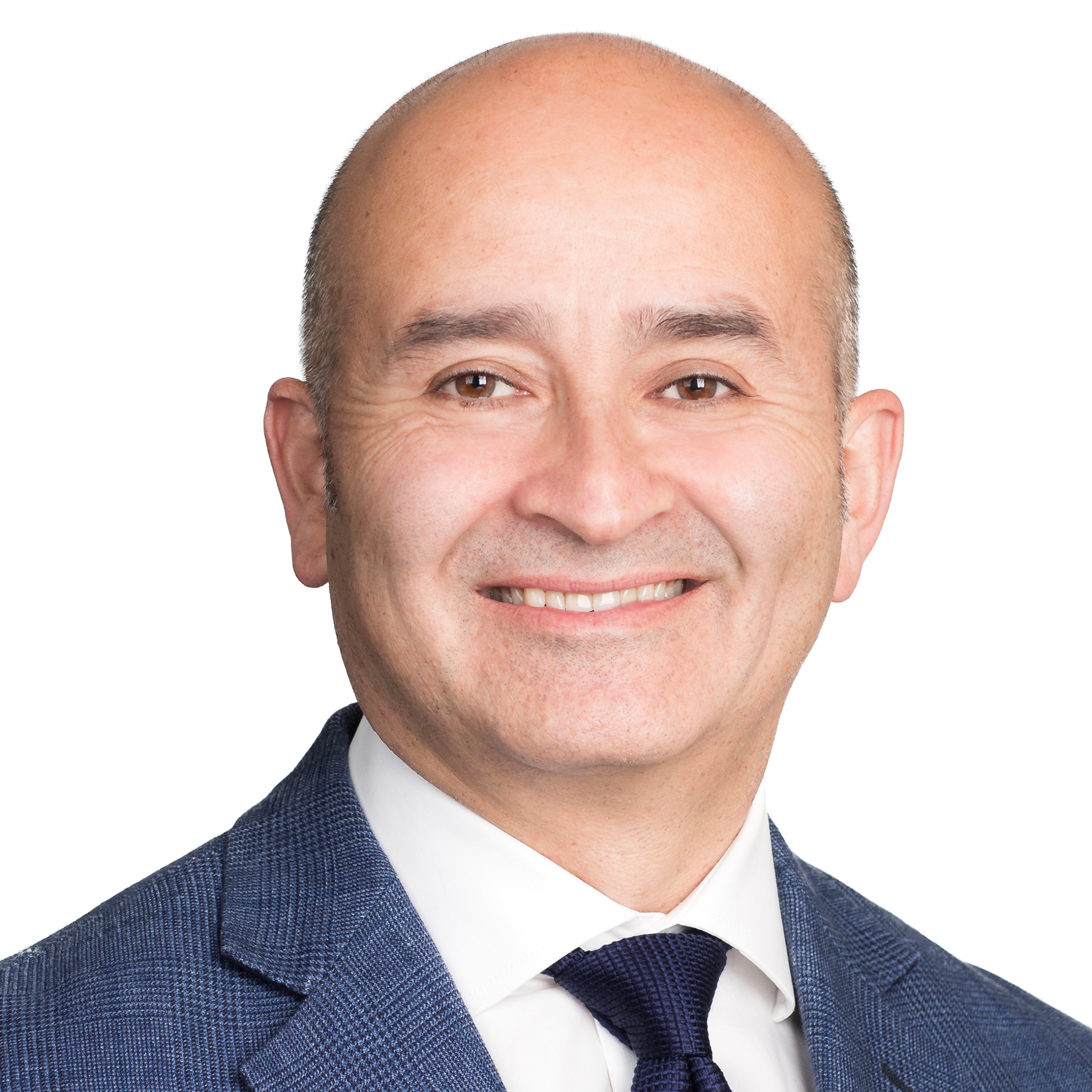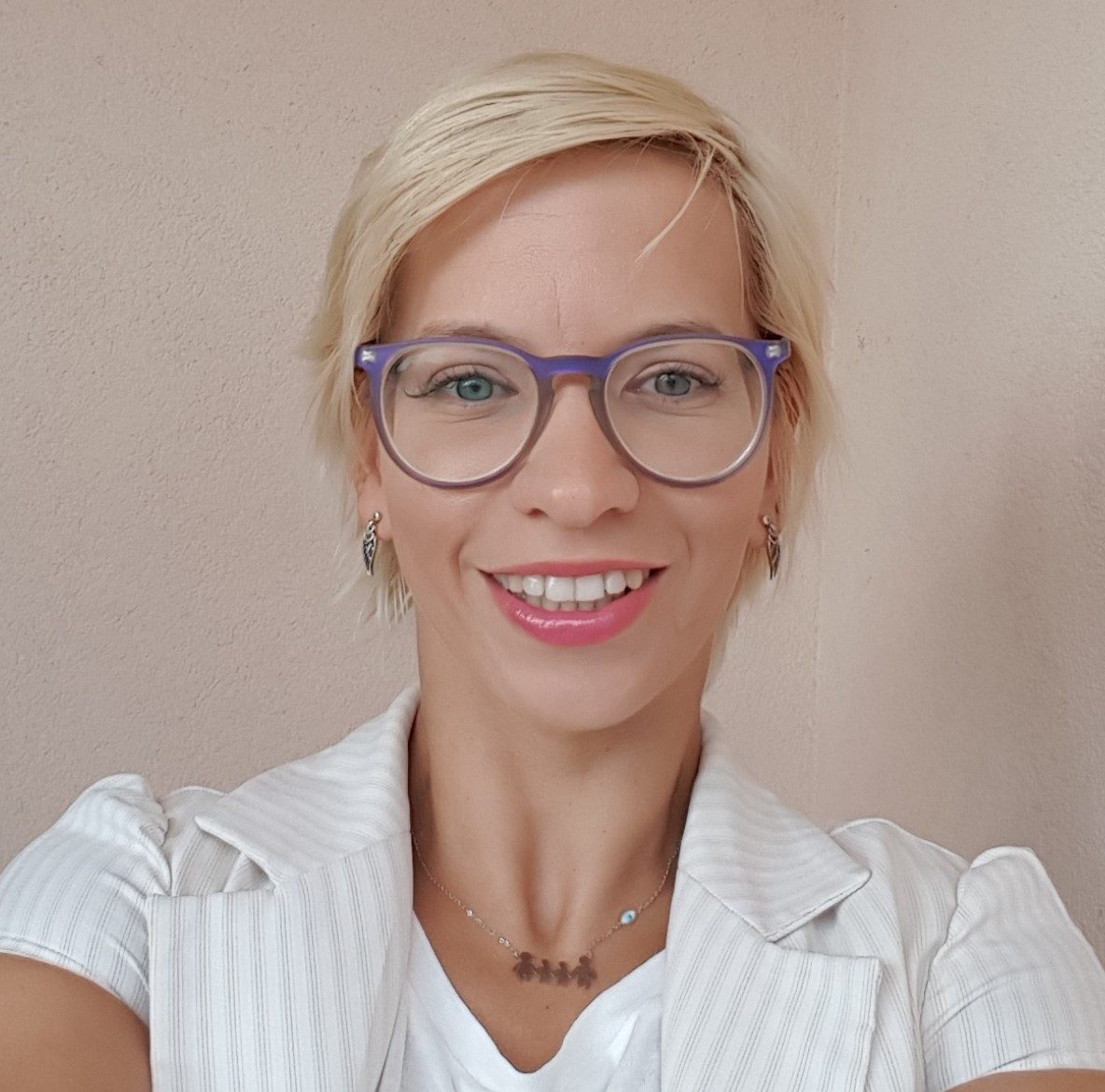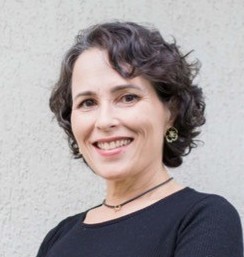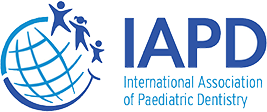COVID-19 Update | 5 May 2020
By Eduardo Alcaino, Ana Vukovic & Luciane da Costa

Dr Eduardo Alcaino (Australia)
BDS (Hons) MDSc (Paediatric Dentistry)
FRACDS (Restorative Dentistry) MRACDS (Paediatric Dentistry)
Grad Dip Clin Dent (Sedation & Pain Control)- USYD
Master Int. Business/Law – USYD.

Dr Ana Vukovic (Serbia)
Dr. Attending, Department of Pediatric and Preventive Dentistry
Attending, Center for Special Care Dentistry
School of Dental Medicine, University of Belgrade
11 Dr Subotica Street, 11000 Belgrade, Serbia
Assistant lecturer, School of Dental Medicine, University of Belgrade
8 Dr Subotica Street, 11000 Belgrade, Serbia

Dr Luciane Costa (Brazil)
Professor, Pediatric Dentist Division, Faculty of Dentistry, Universidade Federal de Goias, Brazil (since 1991)
MSc and PhD in Pediatric Dentistry, University of Sao Paulo, Brazil (1992-1997)
Visiting Professor, University of British Columbia, Vancouver, Canada (2007-2008)
Co-coordinator of the CEDACORE (Children Experiencing Dental Anxiety: Collaboration on Research and Education)
Member of the ICAPS (International Committee for the Advancement of Dental Sedation)
Reading Material & Resources
Coronavirus infections in children Including COVID-19
An overview of the epidemiology, clinical features, diagnosis, treatment and prevention options in children
Clinical and epidemiological features of 36 children with coronavirus disease 2019 (COVID-19) in Zhejiang, China
An observational cohort study
Transmission routes of 2019-nCoV and controls in dental practice
Review article in International Journal of Oral Science
COVID-19: infection prevention and control guidance
PDF version of GOV.UK guidance
Hyperinflammatory Shock
Lancet preliminary paper copy
Removal of (doffing) PPE
Full guide
Removal of (doffing) PPE
Quick guide
Useful Links
IADR
International Association of Dental Research
WHO
World Health Organization
CDC
Centers for Disease Control and Prevention
Questions and Answers
It depends on patient assessment:
- Patient with low risk for Covid-19 or,
- Does patient fit clinical and/or epidemiological criteria (for higher risk?)
In ideal circumstances in a high resource setting, where there is enough PPE and in countries where national health laws and regulations suggest treating each patient as potential asymptomatic COVID-19, dentists should have maximal protection. However in many parts of the world the situation is different, so there is a need to apply strategies for PPE optimisation. Anyway, when aerosol procedure is provided dentists should wear ideally N95 (FFP2) mask or even above if available (FFP3 or powered air purifying respirator), goggles, face shield, gloves and long sleeve long gown.
Please refer to donning and doffing guidelines for proper PPE (see references).
When aerosol generating procedure is done it is important to remove the mask outside the treatment room (in this case at least N95, FFP2 or FFP3) because aerosol is present in the treatment room and in case that air is inhaled by the dentist infection might occur. The data from literature suggest that rooms where aerosol generating procedures have been performed need to be ventilated with fresh air for 1-3 hours before cleaning and admitting a new patient, because this is how long it takes for the aerosol to settle (ECDC, 2020).
The short answer to this is YES! Due to risk of cross-contamination.
Yet, In ideal circumstances in a high resource setting, where there is enough PPE it would be preferable to change PPE after each patient. However in low resource settings extended use beyond a single patient contact or re-use or use PPE beyond manufacturer designated shelf life might be considered as one of optimization strategies for PPE. However if damages, soiled by blood or saliva, torn, wet, or after aerosol generating procedures PPE should be discarded not reused (CDC, 2020).
Negative pressure rooms are an optimal way to eliminate aerosol after aerosol generating procedures. However, in countries where it is not available It has been recommended that rooms where aerosol generating procedures have been performed need to be ventilated with fresh air for 1-3 hours before cleaning and admitting a new patient (ECDC, 2020). Use of high speed suction systems and rubber dam encourages to minimise AGPs.
This is a very personal decision based on your individual demands and needs.
The suggestions below was emailed by a rep of 3M after they contacted the inventor of the N95 mask, Mr Peter Tsai, see links at:
- https://www.knoxnews.com/story/news/2020/03/11/coronavirus-masks-n-95-respirators-faq/4978243002/
- https://www.apsf.org/news-updates/potential-processes-to-eliminate-coronavirus-from-n95-masks/
Method 1: When reusing N95 masks, leave a used respirator in dry, atmosphere air for 3-4 days to dry it out. Polypropylene in N95 masks is hydrophobic, and contains zero moisture. COVID-19 needs a host to survive – it can survive on a metal surface for up to 48 hours, on plastic for 72 hours, and on cardboard for 24 hours. When the respirator is dry in 3-4 days, the virus will not have survived. Take four N95 masks, and number them (#1-4). On day 1, use mask #1, then let it dry it out for 3-4 days. On day 2, use mask #2, then let it dry out for 3-4 days. Same for day 3, and day 4…
Method 2: You can also sterilize the N95 mask by hanging it in the oven (without contacting metal) at 70C (158F) for 30 minutes—it is reported that COVID-19 cannot survive at 65C (149F) for 30 minutes. Use a wood clip to hang the respirator in the kitchen oven to do the sterilization. DO NOT place the respirator on a metal surface, or too close to metal–the temperature on the metal surface is higher than the air temperature.
The virtual reality is a useful audiovisual distraction for children’s behaviour guidance in the dental office. However, it could bring additional fomites if it is not properly sterilized. One special consideration is that the VR glasses are kept too close to the children’s eyes. There is a chance of SARS-CoV-2 (severe acute respiratory syndrome-coronavirus-2) transmission through the ocular surface. We would better prioritise other techniques that do not rely on additional fomites to guide children’s behaviour in the dental office.
Each country has produced different approaches and how to step back to clinical practice.
It is said that that we should have more evidences about the COVID-19 epidemiology, physiopathology, prevention and treatment before coming up with definitive solutions for several activities. Dental institutions have published “interim” recommendations for the dentist, which is what we have so far. For now, we should think “What are the priorities during this pandemic crisis?” Based on the paper by Meng et al. (2020), we speculate that dental clinics should continue to operate with strict infection control and social distance procedures for a long time.
The paper by Parke II (2020) brings us the perspective of the ophthalmology to the new adds for the patient care: issues of staff and access to working capital; patients and staffs expectations towards the measures for the prevention of virus spread; professional insurance; telehealth as a mechanism to assist with decompressing the office schedule etc.
We can anticipate a few measures based on the rationale to infection prevention and control, e.g. health status assessment, social distancing and PPE proper usage: regularly assess professionals, students and patients’ signs and symptoms according to the available resources; reduce the number of persons in dental clinic and waiting area (social distancing); have patients/caregivers use masks if possible; separate each dental unit; reduce the number of patients seen in a particular day or session; postpone if possible, or reduce aerosols generating procedures (AGP) as much as possible etc.
Based on the UK recommendations, “All AGPs should be avoided at this time unless essential and only used for urgent and emergency care. (…) The use of 3-in-1 syringes, ultrasonic scalers or other pieces of dental equipment powered by air compressor should be avoided at this time and should not be the only reason to wear an FFP3 mask. If, however, they are used as an adjunct to treatment with high-speed drills, staff will already have donned PPE for AGPs.” (NHS, April 2020).
AGP’s will require Level 3 PPE (good hand hygiene; disposable gloves; fluid-resistant gown or effective alternative; FFP3 respirator or N95 mask; eye protection) for those undertaking or assisting the procedure.
So, we recommend hand scaling with suction whenever possible.
Incision and drainage of a dental abscess is an AGP.
If the swelling does not restrict swallowing or extend to the eye, you can prescribe antimicrobials based on a provisional diagnosis, conducted remotely. Also provide advice on pain relief and follow-up symptoms in 48-72 hours (NHS, 2020; SDCEP, 2020).
Instead, more severe or uncontrolled symptoms require a local intervention the patient to see a dentist in a designated urgent dental care centre or preferable in a hospital. To manage the child’s behaviour in this case, you can use the behaviour guidance technique that is available in your region and with which you are adequately prepared to undertake.
There are a few reports of Chilblain-like lesions in children (Garcia-Lara et al., 2020) but no oral lesions so far (to the best of our knowledge).
Recent reports of hyperinflammatory shock in children have described symptoms similar to atypical Kawasaki disease or toxic shock syndrome in the US and UK (Riphagen et al., 2020), which might be linked to lesions in the oral mucosa.

